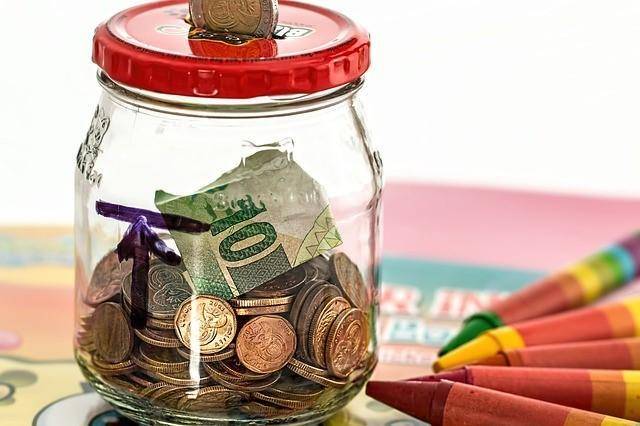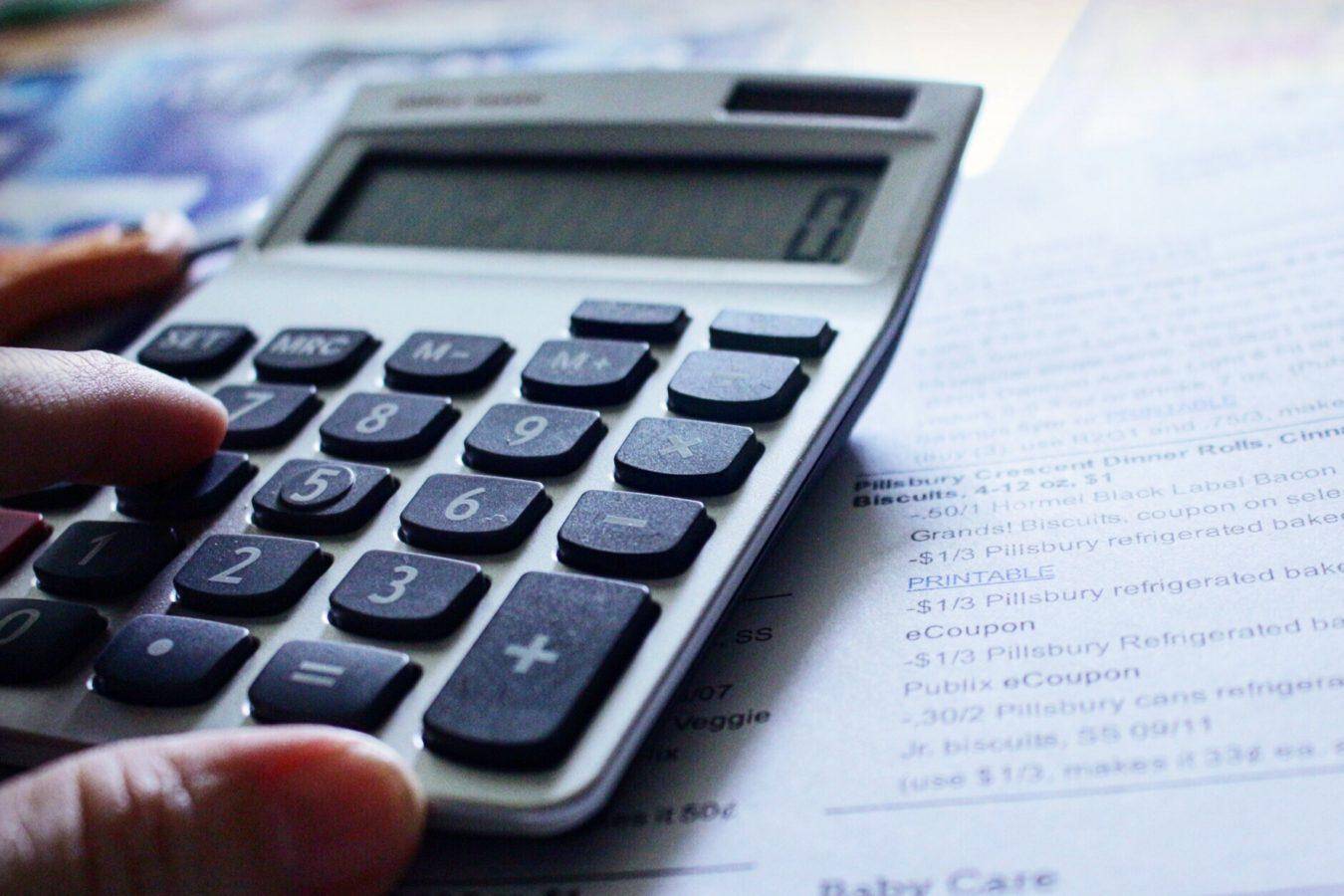Welcome to the cash envelope system user guide! This is the second budget user guide of five in a 6-week series.
Budgeting is one of the most confusing and frustrating tasks in life.
Heck, 74% of consumers say they have a budget and 79% say they fail to follow it (CNBC survey).
The reason why is they are following the wrong budgeting approach for their financial situation. Or they just don’t know where to start.
In this user guide, you are going to learn how this method works, the pros and cons, systematic instructions, and how to manage it effectively.
I even outline how to adapt this budget method to be 100% digital.
“The discipline of writing something down is the first step toward making it happen.”
– lee Iacocca
No matter what you, think, you know about this method. To get started, all you really need is to start writing.

How It works
The idea behind the cash envelope system is to pay cash for all of your expenses, no more credit cards.
You create an envelope for each of your household bills and fill them with cash.
Once an envelope is empty, you stop spending money on that expense category.
The purpose of this system is to prevent overspending and it is a real issue in our culture.
Americans overspend by $18,000/yr on non-essential items such as food delivery, impulse buys, subscription boxes, etc (USA Today survey).
Americans also overspend on their everyday expenses.
According to a survey by Money Talks News, 13.6% overspend on utilities, 18.3% when using debt (credit cards), 21.5% on entertainment, 32.2% on groceries, and 39.1% eating out at restaurants.
If impulse buying is something you are struggling with, this is the best budgeting method for your current financial situation.

Pros and Cons
Pros
- Avoid overdraft fees and additional debt
- Fewer impulse purchases
- More aware of how much you spend per expense category
- Visibly seeing cash creates an emotional connection. You’ll stop spending sooner
- Easiest method for tracking expenses
- Gets you in the habit of planning purchases
- Learn how to set limits
- Save money by controlling overspending.
Cons
- Renders banking apps useless for items bought with cash
- Constant bank and ATM visits
- Carrying large amounts of cash is a safety issue
- Need to deposit cash at the bank for online purchases
- Cannot pay all your bills in cash (utilities, mortgage, insurance, etc)
- Running out of money before the end of the month is a possibility
- On rare occasions some people spend more impulsively with cash
- If you shop online a lot it could be harder to track expenses since you are using two forms of payment
- Becomes time consuming if you forget your cash envelopes at home and with tracking spending
- After Covid a lot of businesses no longer accept cash
- Borrowing from other envelopes is tempting
Catch Up on the Beginning of the Series:
How to Create a Budget for Beginners
5 Types of Budgets for Beginners
How to Create a Biweekly Budget that Actually Works
Steps to Create Your Cash Envelope System
For those of you following along with this 6-week series, you will start to see similarities in the budget creation steps.
The familiar steps are the most crucial ones for budget creation.
Find all of your expenses and debt
You will use this information to figure out all of your expense categories and how much cash to put in each envelope.
Before getting started, you will need to gather:
- Your free credit report
- All of your bank statements from last month
- Credit card statements from last month
- Open all of your mail
To make this step super easy, download the free checklist below. I created it to help you gather all of this information quickly.
It also includes instructions on where to find your free credit report. This checklist is part of the Budget & Debt Payoff Planner in the Budget Planners Shop.
LOCATE/GATHER YOUR DEBT CHECKLIST DOWNLOAD
Categories of the cash envelope system
The biggest question asked about this method is about which categories to use.
Keep in mind this is still a budget and regardless of the method, your categories are based on your previous month’s spending.
To give you a starting point the below are common categories for the cash envelope system.
- Groceries
- Restaurants
- Clothing
- Holiday Funds
- Entertainment
- Fun Money
- Gas and Oil changes
- Self-care (hair, makeup, nails, etc)
- Household needs
- Pet Care
- Children’s items

Create your master list of expenses
Review all of the materials you gathered, start writing down all of your expenses onto a sheet of paper.
Make sure to include the bill name, the next due date, and the monthly payment amount.
For debt, include the entire payoff amount.
As another time-saver, download the “List of Debt Worksheet” below. It is completely set up for you.
This worksheet is also part of the Budget & Debt Payoff Planner in the Budget Planners Shop.
LIST OF DEBT WORKSHEET DOWNLOAD
Set your budget goal
With every budget you make it needs to have an end goal. This will help you succeed.
What are you hoping to achieve the next month? Do you want to start paying off debt for good?
Maybe you want to spend less in one expense category and more in another?
Do you finally want to control what direction your money moves in?
Review how much you earn
It’s just as important to know how much money you bring home monthly as it is to know how much you spend.
Every budget you make should always help you see if you are earning enough. If you find out your total monthly expenses are larger than the total amount you earn.
It is time to consider where to reduce spending until some of your debt is completely paid off.

Build your budget
For the next month, mark your paydays on a calendar. Then map out on a piece of paper which bills you will pay out of each paycheck.
Each paycheck will pay all of the upcoming bills through the next payday.
Example: Your next paydays are on 02/25/22 and 03/11/22. The bills due between 02/25/22 to 03/10/22 are paid by the check on 02/25/22.
This step will also help you figure out how much cash you need to put in your envelopes for the next step.
Make your envelopes
You can either buy plain white envelopes to write all of your expense categories on or buy a reusable cash envelope system from Amazon.
There are several reusable cash envelope systems to purchase out there.
All you need to do is enter “cash envelope system” in the Amazon search box and they will populate for you.
Here is an example of one of those options.
Withdraw the cash from your next paycheck for your envelopes
On your next payday, withdraw the appropriate amounts of cash for each category. Also, remember you will not be able to pay cash for every bill.
You are withdrawing exact amounts for each envelope category to leave you enough money in your bank account to pay items like rent/mortgage, utilities, etc.
Track your spending
With this method, you can track your cash spending simply by counting how much cash you have left in the envelope.
You can track online bill payments and shopping by creating a handwritten cash log or with an app if you prefer an electronic method.
More Articles You May Be Interested In:
How to Save Money on a Tight Budget
What Happens If I Don’t Pay My Credit Card Bill
How a Grocery Price List Can Save You Money
How to Manage This Budget Method Effectively
Adapt Your Budget Monthly
I will keep saying this for every budgeting method. In the first few months of your budget journey, you will need to adapt your numbers.
All of us have a tendency to overestimate some areas while underestimating others.
It is completely human. I have an accounting degree and my budget still is not perfect.
I adapt every month. As our lives change, our financial situation changes with it.
Make sure you are reviewing your spending every time you create the next month’s budget.
Digital Modification Options
There are many people who avoid this method because they are not comfortable carrying that much cash on them at one time. It is completely understandable.
You will also run into occasions where you forgot an envelope at home or even lost one altogether.

Digital Apps to Try
Here are some digital modifications to the cash envelope system and they do not require cash to be withdrawn at all.
- YNAB App – Allows you to categorize your expenses just like with envelopes and build a budget. The cost is $14.99 per month.
- MINT – You can categorize expenses, build a budget, and sync the app with your bank account for automatic expense tracking. The cost is free and there are not any paid premium options.
- Mvelopes – Created by Finicity (owned by Mastercard) and has the same function as Mint. Cost for a basic account $5.97/month and $9.97/month for a premium account.
- GoodBudget – Allows for manual expense tracking and categorizing expenses in the app. Cost for a basic account is free or a premium account for $7 per month. They also allow a yearly payment of $60 for the same premium account.
- Prepaid cash cards – instead of an app you can purchase multiple prepaid cash cards. You can use a different card for each expense category and they are reusable.
- Below are a few examples of these.
- Bluebird (AMEX)
- Movo (VISA)
- Access 360 (Fifth Third Bank)
- Walmart Money Card
- Chime
- Venmo (Mastercard)
- Below are a few examples of these.
- Ally Savings Acct – allows you to create up to 10 different savings buckets within the same bank account. This option is not available for checking accounts.
More Articles You May Be Interested In:
How to Save Money on a Tight Budget
What Happens If I Don’t Pay My Credit Card Bill
How a Grocery Price List Can Save You Money
Concluding Thoughts
But what if the cash envelope system does not work for my situation? I have you covered.
There are three more budget user guides coming your way over the next three weeks.
If this one particular budget does not work for you, then try a different one.
Here are the other budget types headed your way in order of their release:
In addition, the upcoming budget guides will be written with a similar structure as this writing.
I designed it that way to make it easier for you to compare budget methods as well as try them out.
If you missed the first 3 posts in this six-week series I encourage you to check them out below.
How to Create a Budget for Beginners
5 Types of Budgets for Beginners
How to Create a Biweekly Budget that Actually Works
The first 2 posts go into more detail on basic budgeting regardless of the method you are using, along with a summary of how each of the upcoming budget methods work.
Happy Reading!
References
https://www.moneytalksnews.com/slideshows/the-biggest-things-americans-overspend-on/
https://www.usatoday.com/story/money/2019/05/07/americans-spend-thousands-on-nonessentials/39450207/
Subscribe and you'll receive our weekly posts right in your inbox. You'll also be one of the first to be notified when our free budget course opens. Hope to see you there!





